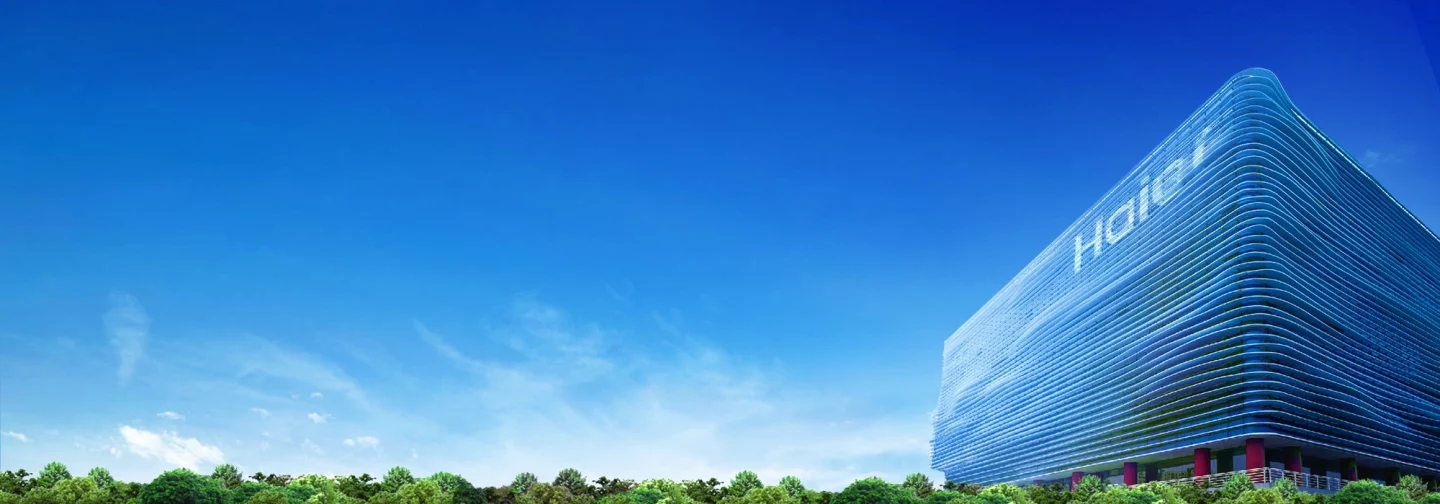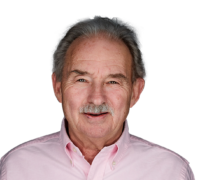What Zhang saw was that the exhibition was the important thing. If the exhibition was not faithful to Haier’s “Rendanheyi philosophy” – a core idea of Zhang’s that all employees are best able to create value for themselves, the company, and its customers by having to face users directly and be entrepreneurs – then it would be a source of profound contradictions for anyone visiting it. One of the secrets of Rendanheyi is that its core beliefs are visible and coherent from any and every vantage point. This fractal character is essential in holding together the many different business models and entrepreneurs found within Haier as a single community.
At Haier, the guiding principles of Rendanheyi are the central motivating force around which the culture resonates. These apply as much to an exhibition in its Enterprise Cultural Center as to any of the micro-enterprises, platforms, and ecosystems that characterize Haier’s daring efforts to rethink how human talent contributions can be maximized.
The first lesson is that a leader must live the philosophy they follow in order to engage their colleagues at work. To be fully effective, they must believe that the principles that guide them at work are equally effective in other parts of life, otherwise that philosophy lacks credibility. A leader must be consistent as a practitioner in everything they do. Thus, if you visit an exhibition about your company’s culture, you must look at it in the same way as you would observe any work setting, and always with an interest in what you can learn, and how you can contribute to those you observe.
Getting the best out of people
“Maximizing human value is the common thread running throughout this exhibition,” Zhang commented at the end of his visit. I understood this to mean: maximizing human value is at the core of all we do at Haier, and so naturally I am always interested in how I see this value being expressed anywhere I go.
Examining organizations that are thriving as a result of giving workers sufficient autonomy to make a difference and treating them as entrepreneurs rather than cogs in a machine reveals that a system of shared beliefs (and guiding principles to articulate them) is essential to providing reassurance that everyone can be trusted to do the right thing. Guiding principles thus become reliable instructors of what the right thing is.
At Haier, Zhang has established that: “The unchanging purpose of maximizing human value is what keeps us in the lead. If we change this purpose, we will cease to lead; it supports all external manifestations of leadership.” Having such an unchanging expression of what the organization believes has served Haier well for nearly four decades.
Leaders must create a leadership spirit to characterize how they play their role
Everything should be dynamic. Zhang has consistently emphasized that change is the new compelling dynamic in the outside world. At the center’s reopening he noted: “What I like about the new cultural exhibition is its dynamism. A clock is placed at the start of each strategy stage to suggest that Haier’s spirit is dynamic yet consistent.”
Seeking is the leader’s primary job. “It is about seeking. Always seeking. The way ahead is long, and I shall go up and down to seek my truth. We were seeking in the past, we are seeking today, and we will continue to seek in the future.” What Zhang recognizes is that in a world of continuous change, it’s not what you already know that will help you, but how you can learn; what you already know is highly perishable, but how you learn becomes a durable key to the future. As a result, the leader must become a seeker in everything that they do. This leads to experimentation as the preferred style of working.
Self-questioning is the source of inexhaustible energy. “The inexhaustible source of energy for the spirit of seeking is accepting no complacency,” is another of Zhang’s maxims. Since the outset of Haier’s entrepreneurial journey, all company employees have accepted the idea that “the only constant is change”. But constant change can be exhausting, and it is easy to fall into a habit of accepting occasional transgressions where you sit back and allow satisfaction with the present.
For Zhang, this is unacceptable. Haier embraces self-questioning as a value: nothing is accepted as good enough. Self-questioning can take many forms, from bidding for opportunities to challenging for 1% improvement every day, but in the end it goes back to seeking: how can we do this better, faster, more interestingly, all in the pursuit of maximizing human value?







